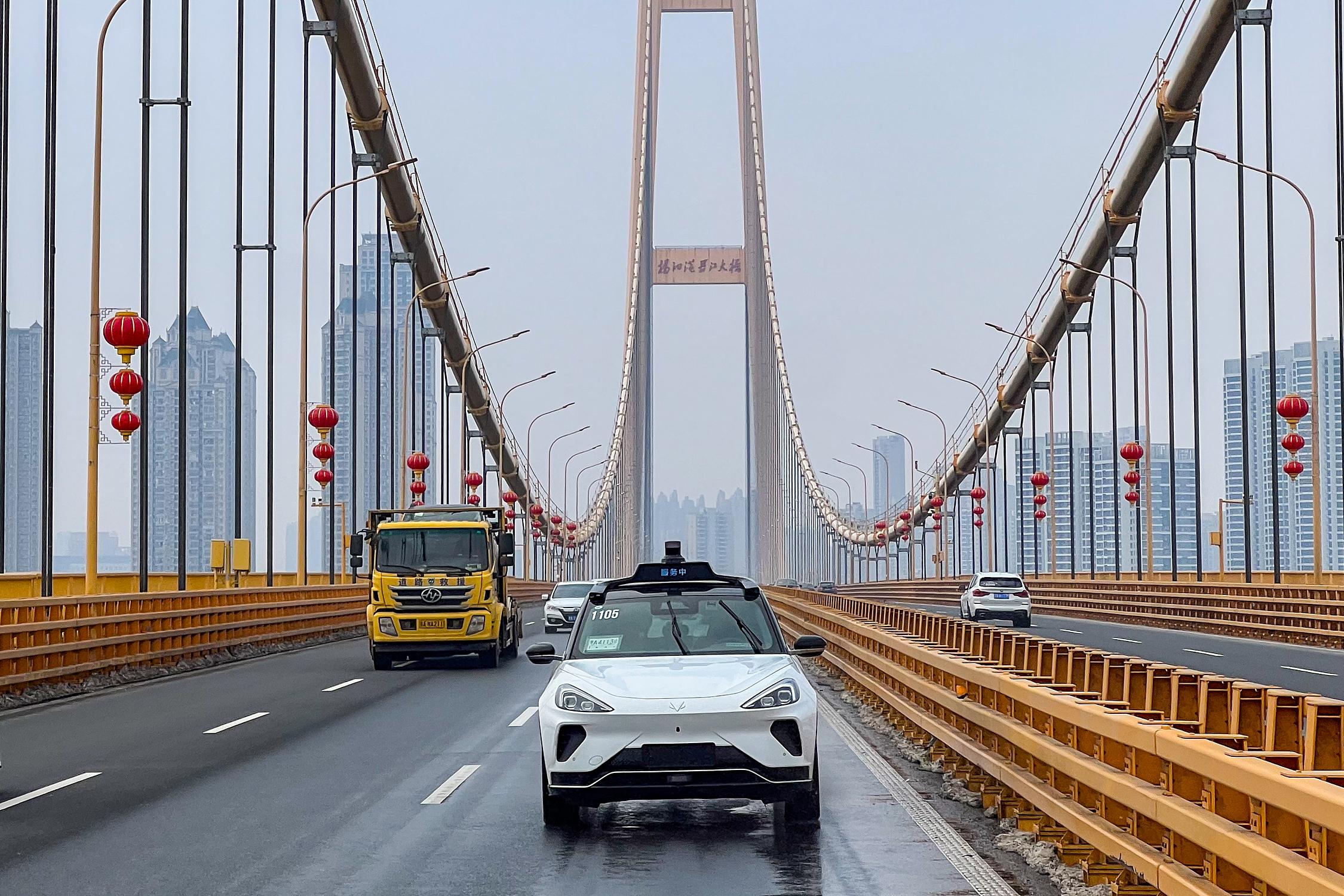China Leads World in Autonomous Car Testing

A new international standard led by China on test scenarios for autonomous driving systems has been officially released, according to the Ministry of Industry and Information Technology (MIIT) of China.
Test scenarios are fundamental for evaluating the functionality and performance of automated driving systems. They serve as a cornerstone of the "multi-pillar" approach to autonomous vehicle safety validation, supporting simulation, closed-course testing and other methodologies. The diversity, coverage, and representativeness of these scenarios directly affect the validity and reliability of test outcomes.
The newly published standard outlines the evaluation processes and testing methods for such scenarios. It defines key evaluation metrics — including scenario exposure rate, complexity and risk level — and sets clear requirements for their determination. In addition, the standard establishes general methods for generating test cases and specifies the essential features these cases must possess.
According to an official from the MIIT, the release and implementation of this standard mark a significant international consensus on autonomous driving verification technologies. It lays the groundwork for a comprehensive scenario-based application framework, spanning from conceptual design and modeling to simulation, to scenario database development, and physical test site construction. The standard provides a foundational reference for the simulation development and evaluation of automated driving systems, effectively addressing urgent needs for safety assessments and testing.
Looking ahead, the MIIT plans to coordinate with organizations such as China Automotive Technology and Research Center Co., Ltd. to actively participate in the formulation and revision of international automotive standards. These efforts aim to further enhance China's influence and contributions in the harmonization of global automotive standards and regulations.






